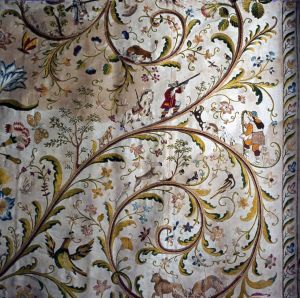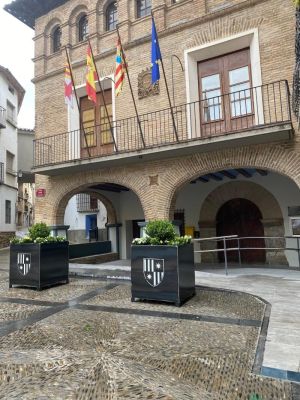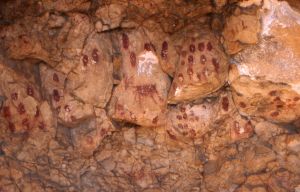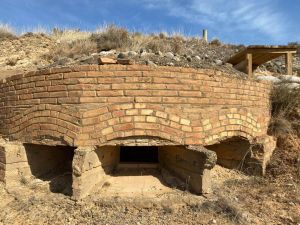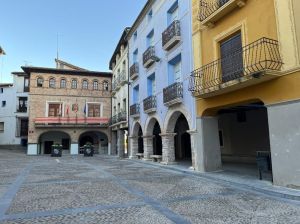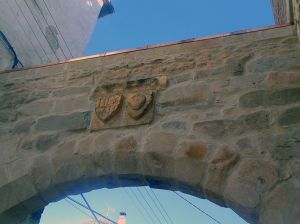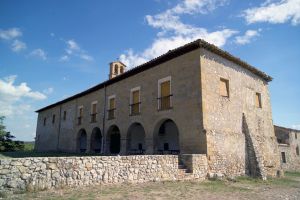The Abbad y Lasierra brothers, Manuel and Agustín Íñigo, were the most prominent members of this low-ranking noble family, which had been resident in Estadillo since the 17th century. They were responsible for a historical, geographical and documental legacy and are two of the most well-known characters from the Aragonese history books.
Agustín Íñigo held roles of great importance that took him across Spain and to America and went on to hold the title of bishop of Barbastro from 1790 until his death in 1813. The reforms he carried out during his time at the cathedral of Barbastro highlight his erudite nature. In 1792 he ordered the construction of an underground cemetery and a year later he put the finishing touches to a new floor inside the cathedral.
Son of an era in which neoclassic critique disqualified art from the previous period, he put forward a suggestion to the cathedral council: “Remove the choir so that the church will be more open, with better views and enhanced beauty, and at the same time reduce the arches of the chapels to their old state so that they have the corresponding architectural order, removing all adornment and decoration that changes their form and affords them a different shape denying the style they correspond to.”
Fortunately, “…bearing in mind that the cost of the work is higher that the income gained from donations and tithes…” the demolition of the magnificent baroque entrances to the chapels of the cathedral was avoided.
The palace facade reflects understated beauty and responsibility for its construction was awarded to the French master builder, Beltrán Salas in 1803. It highlights the essence of the era and takes inspiration from classic models. Features include rational and ordered design; proportion and balance; austerity and solemnity and harmony between shapes and volumes.
The façade, which belies the internal layout of the building, has three vertically aligned sections separated by half-pilasters. Above the skirting the ground floor has large windows protected by wrought iron grilles. The central section rises above a trabeated doorway, which is elegant in design.
The first floor of the house boasts attractive full length windows framed by wide mouldings and curved tops. The window of the central section is finished with a semicircular arch and stands for the addition of a small balcony.
The top floor is lower and has smaller windows crowned by triangular pediments. In addition, the pilasters are slightly more shallow and narrow. These features highlight the lesser importance of this section of the building.




